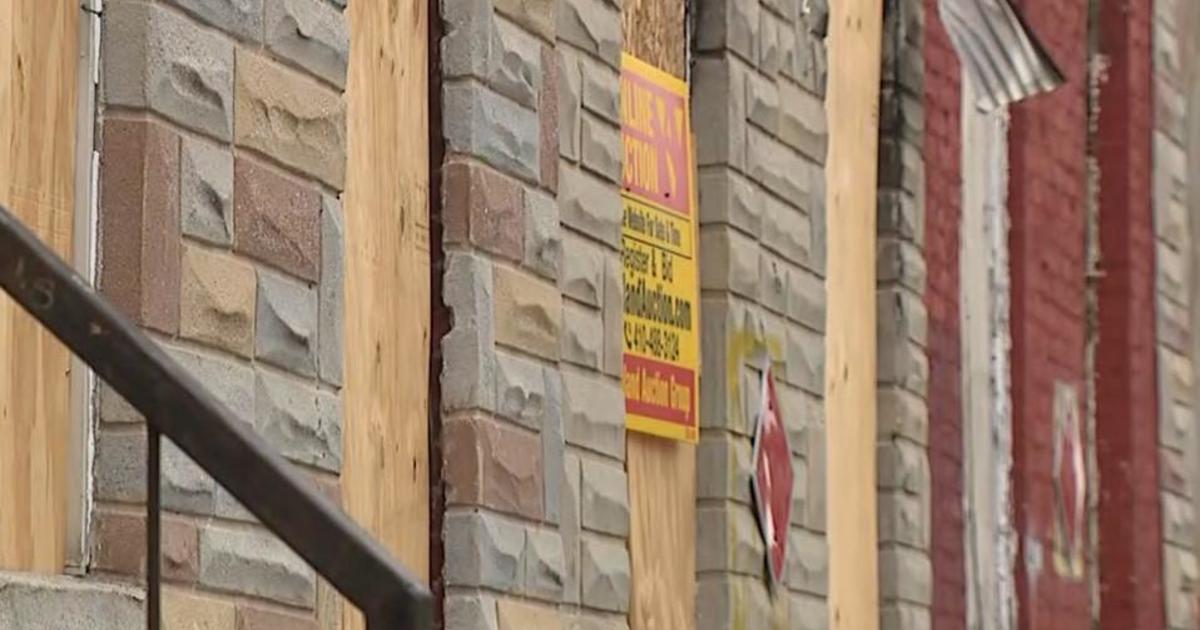Los Angeles is making it easier to find an EV charger. Here's their plan for closing the "charging gap."
In a quest to make finding a charger easier for electric vehicle drivers, the city of Los Angeles is taking a novel approach: installing EV chargers on light poles on city streets, because the electric infrastructure is already there.
"At most we'll have to change fuses or do structural retrofits so that we can attach it," said Miguel Sangalang, director of Los Angeles' Bureau of Street Lighting. "But nothing like changing out the actual entire line or improving the electrical system itself."
Los Angeles has installed 725 light-pole chargers so far, and Sangalang says the street light system can support 3,000 or 4,000 more.
And unlike commercial companies that are installing chargers in affluent parts of the city, the city's mission is to select locations that are more inclusive.
"We want to go into places where commercial actors might not necessarily want to go first," Sangalang said. "We're going to be that public option for people to have access to it on the right-of-way for everyone."
The driving need
Last year, Americans bought about 1.4 million electric vehicles — a new record, according to Argonne National Laboratory. While widespread adoption of EVs is a critical tool in the fight against climate change, renewable energy experts worry that a lack of public charging will push drivers away from EVs and toward gas-powered vehicles.
To keep up with growing EV sales, the National Renewable Energy Laboratory estimates that in addition to all the private chargers at homes and offices, the United States will need 1.2 million publicly accessible chargers by 2030. Currently the U.S. has more than 160,000 public chargers throughout the country.
What's happening in LA is an example of the kinds of solutions, big and small, that will be needed to reach those goals.
"The slower we go, the bigger the impacts of climate change that we're going to see," Melissa Lott, a clean energy researcher at Columbia University, said. "And that directly means impacts on our economy, but also our health."
Building a national network
Two years ago, federal lawmakers approved $5 billion to spur the construction of a national network of 500,000 electric charging ports by 2030. The objective is to install a public charging facility about every 50 miles along highways.
Since the law passed, 33 states have either issued proposals or awarded construction contracts to build the network, but so far only four new new charging sites are in the ground, according to the Federal Highway Administration. Lott said a lot of different factors play into that.
"It's going to be people installing home chargers and it's going to be people at their businesses giving their employees places to charge that maybe other people can access," Lott said. "It's going to be fueling stations becoming fueling stations for more than gas and diesel and other types of fuels."
Chargers can't just go anywhere, either. Lott said it's like when cellphones first came out and service wasn't as widespread. EV chargers also need a network to connect to.
"You have to pick certain places and make sure the infrastructure behind it, all the stuff that's invisible to us on the day-to-day is actually there and ready to go," she said. "That takes time, that takes permits, that takes all types of processes to get it approved, and a lot of work, a lot of labor."
Better maintenance
Another way to address the charging gap is through improved maintenance of existing public chargers. Like most technology, chargers require regular service and repairs.
"[If] the charger that you thought you were going to use to refuel your vehicle is actually inoperable ... that's a huge problem," said Walter Thorn, senior vice president of product for a repair company called ChargerHelp.
ChargerHelp trains technicians to service a variety of charging equipment operated by many different charger companies across 17 states.
As part of its service, ChargerHelp spot checks chargers in the field and often reports back to a charging company about a problem the owner did not know about. The company says it serviced 18,000 chargers last year.
Data from every service visit is logged into a central database, allowing technicians to learn from previous calls and reduce the number of trips required to keep a charger up and running.
A recent JD Power survey found 35% of EV drivers in the Miami-Port St. Lucie-Fort Lauderdale area reported visiting a charger where they were unable to charge. In Denver and Dallas-Fort Worth that number was 29%.
Another study from the University of California Berkeley in 2022 found 28% of public chargers in the San Francisco Bay Area did not function properly.
Last year, ChargerHelp collaborated with the federal government in developing a new standard that says chargers will have to work 97% of the time.
"Reliable charging infrastructure is a critical piece of a successful transition," Thorn said.



